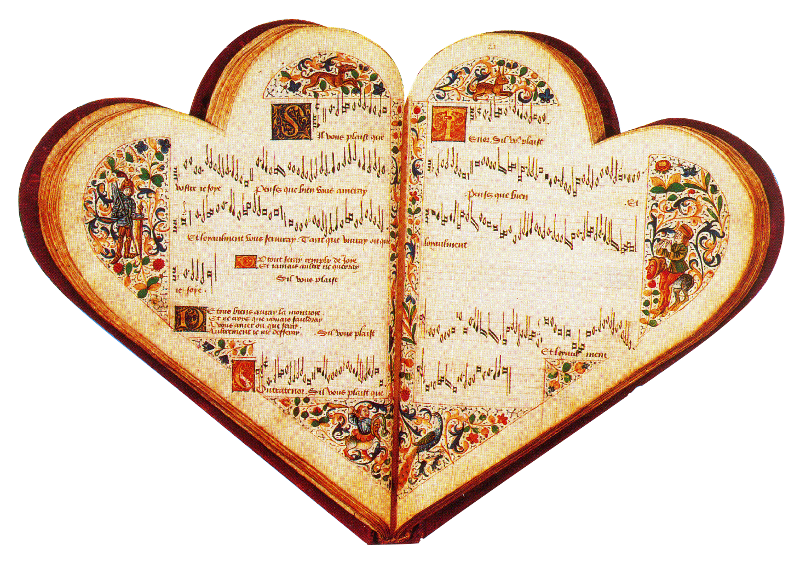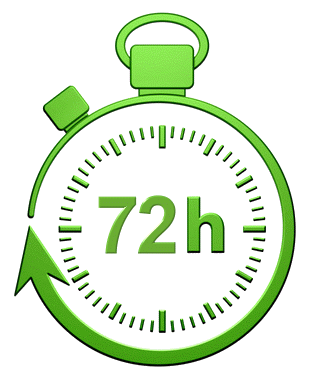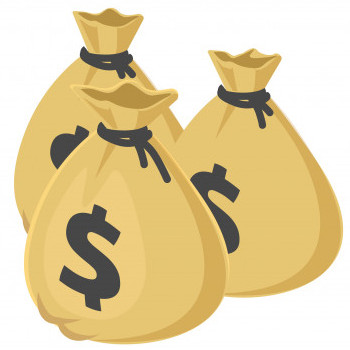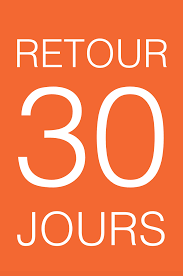Hillbilly Fingerstyle Blues Guitar
Guitare Jazz & blues
Description :
The musical appeal of the Blues, as they began to be heard in the early twentieth century, was so infectious that musicians with open minds and ears were drawn to it as soon as they heard it. And that appeal crossed the racial and ethnic divides that characterized American society. So it was, that even before African American guitarists were recorded playing fingerstyle blues guitar, their white neighbors had already begun learning the music—listening to, watching, and imitating the musicians whose music they so admired. And what these white musicians ended up expressing in their own playing and singing was not simply imitation, but their own reconfiguration of what their models did, played in accordance with their own senses of rhythm, phrasing and how to sing the music.In Hillbilly Fingerstyle Blues Guitar, author John Miller offers transcriptions, in tablature and standard notation, of twenty-eight pieces by these white fingerstyle blues players, taken from recordings made in the period 1926—1970. Some of the featured musicians in the book, like Sam McGee, Frank Hutchison, Maybelle Carter, Hobart Smith, and Roscoe Holcomb are pretty well known, but the tunes by more obscure players like Debs Mays, Lake Howard, or Lester McFarland certainly don’t suffer by comparison, and in many instances are spectacular. The pieces have been chosen for variety, too—you’ll encounter pieces played in C, E, and A in standard tuning, as well as songs in Open G, Open D tunings and an exotic offshoot of Open G tuning. Downloadable links to all of the original performances from which the transcriptions were made come with the book, so you can get the sound of the tunes in your head. The musicians in Hillbilly Fingerstyle Blues Guitar gravitated towards the Blues because the music spoke to them so strongly that they felt compelled to make it part of their own musical language. And they did just that. These performances are strong and worthwhile in their own right, but they’ll also show you how you can honor those who have inspired you by singing and playing in your own voice. And that’s an important lesson to learn. Includes access to online audio.
Contenu
1. Hillbilly Fingerstyle Blues Guitar — An Introduction
2. Learning the Songs
3. Understanding the Tablature
4. The Songs
5. 1) Knoxville Blues—Sam McGee
6. 2) Easy Rider—Sam McGee
7. 3) Railroad Blues—Sam McGee
8. 4) Sally Long—Sam McGee
9. 5) Fuzzy Rag—Riley Puckett
10. 6) Worried Blues—Frank Hutchison
11. 7) Train That Carried The Girl From Town—Frank Hutchison
12. 8) The Miner’s Blues—Frank Hutchison
13. 9) K. C. Whistle—Lester McFarland
14. 10) John Hardy Was A Desperate Little Man—The Carter 15. 11) Johnson City Blues—Clarence Greene 16. 12) Brown Skin Blues—Dick Justice
17. 13) Cocaine—Dick Justice
18. 14) She Lied To Me—Emry Arthur
19. 15) Everyday Dirt—David McCarn
20. 16) Take Them For A Ride—David McCarn
21. 17) Jailhouse Rag—David Miller
22. 18) Match Box Blues—Larry Hensley
23. 19) New Chattanooga Mama—Lake Howard
24. 20) Soap Box Blues—Debs Mays
25. 21) Rabbit Blues—Debs Mays
26. 22) Graveyard Blues—Hobart Smith
27. 23) Railroad Bill—Hobart Smith
28. 24) K. C. Moan—Hobart Smith
29. 25) Mississippi Heavy Water Blues—Roscoe Holcomb
30. 26) Riley And Spencer—Fields WardFamily
31. 27) Raggin’ The Wires—E. C. Ball
32. 28) Ain’t No Grave Can Hold My Body Down—E. C. Ball
33. Appendix—Default Chord Positions
34. ABOUT THE AUTHOR
35. Afterword
36. ACKNOWLEDGEMENTS













